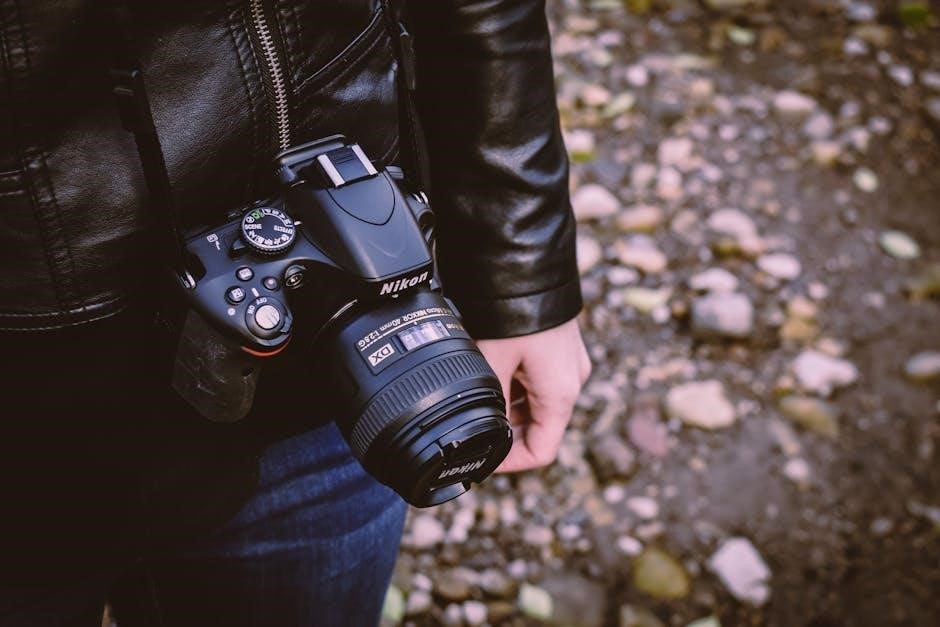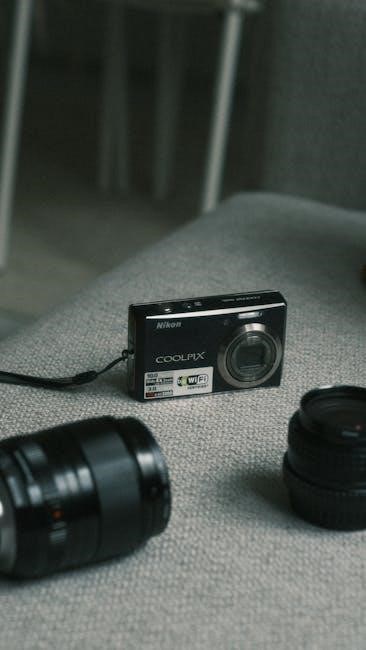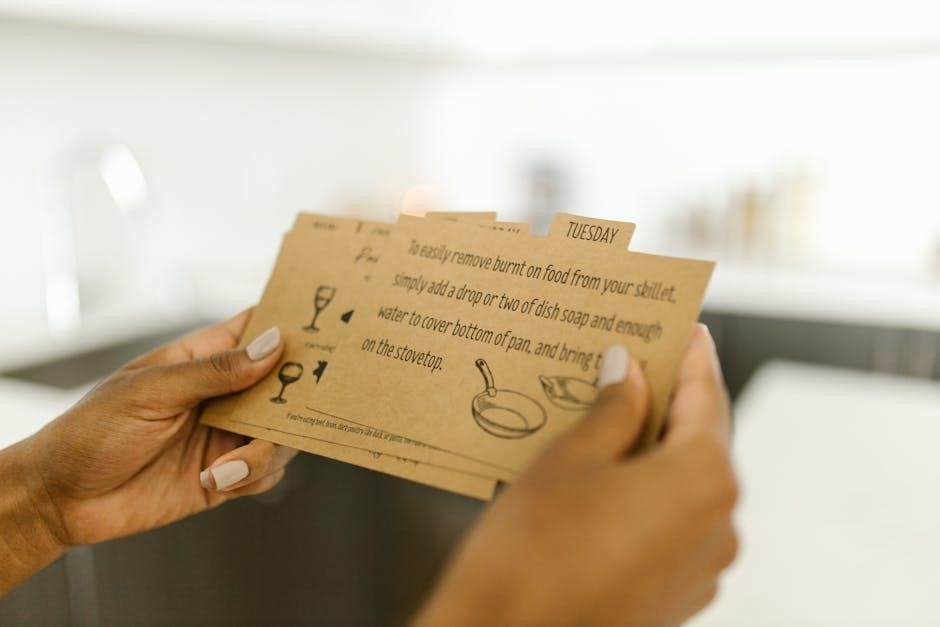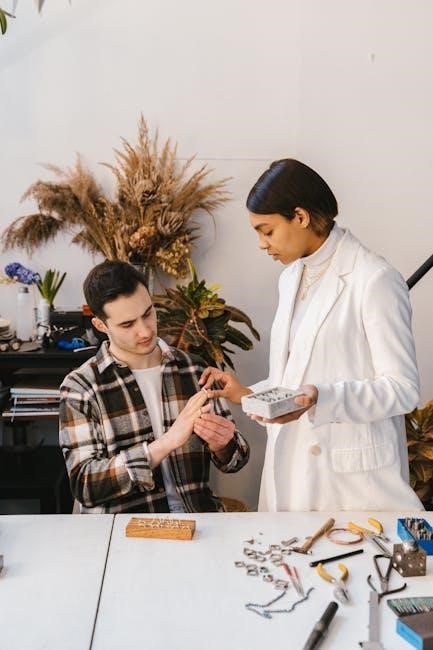Nikon Coolpix Instruction Manual: A Comprehensive Guide
Welcome to the comprehensive guide for your Nikon Coolpix camera! This manual provides essential information for both beginners and experienced users. It covers everything from basic operation to advanced features‚ ensuring you can fully utilize your camera’s capabilities. Dive in and unlock the full potential of your Nikon Coolpix!
The Nikon Coolpix line represents a diverse range of compact digital cameras designed for ease of use and portability. Aimed at both casual users and enthusiasts‚ Coolpix cameras offer a blend of user-friendly interfaces and advanced features‚ making them suitable for various photography needs. From capturing everyday moments to exploring creative photography‚ the Coolpix series delivers versatility in a compact package.
Nikon Coolpix cameras are known for their intuitive design and accessibility. Many models feature automatic shooting modes‚ simplifying the process of taking great photos. These cameras often include scene modes optimized for specific situations‚ such as portraits‚ landscapes‚ and night photography. This allows users to achieve excellent results without needing extensive knowledge of camera settings.
For users seeking more control‚ some Coolpix models offer manual controls‚ including aperture and shutter speed settings. These advanced features empower photographers to fine-tune their images and experiment with creative techniques. The availability of custom settings further enhances the user experience‚ allowing photographers to personalize their camera to suit their individual preferences and shooting styles. The Nikon Coolpix series strikes a balance between simplicity and control‚ catering to a wide spectrum of photographic interests.
Understanding the Basics: Buttons‚ Dials and LCD Monitor
Familiarizing yourself with the buttons‚ dials‚ and LCD monitor is crucial for effectively operating your Nikon Coolpix camera. The power button‚ typically located on the top or side‚ turns the camera on and off. The shutter button‚ usually on the top right‚ captures photos when pressed halfway to focus and fully to take the picture.
Dials‚ such as the mode dial‚ allow you to select different shooting modes like auto‚ scene‚ or manual. The zoom control‚ often a rocker switch or dial near the shutter button‚ adjusts the lens’s focal length. The directional pad or multi-selector facilitates navigation through menus and image review. The menu button grants access to camera settings and customization options.
The LCD monitor displays the camera’s interface‚ including settings‚ image previews‚ and captured photos. Understanding the information displayed on the LCD‚ such as battery level‚ memory card status‚ and shooting mode‚ is essential for monitoring camera performance. Adjusting the LCD’s brightness ensures optimal visibility in various lighting conditions. Mastering these basic components enables you to confidently navigate your Coolpix and capture stunning images.
First Steps: Inserting Batteries and Memory Card

Before you can begin capturing memories with your Nikon Coolpix‚ you’ll need to insert the batteries and memory card. Start by locating the battery compartment‚ usually found on the bottom or side of the camera. Open the compartment door by sliding or latching it‚ depending on the model. Insert the batteries‚ ensuring they are oriented correctly according to the markings inside the compartment.
Next‚ locate the memory card slot‚ often situated near the battery compartment. Open the memory card slot cover. Insert the memory card into the slot‚ making sure the card’s contacts are facing the correct direction‚ as indicated by the diagram near the slot. Gently push the card in until it clicks into place.
Close both the battery and memory card compartment doors securely. Power on the camera to confirm that the batteries and memory card are recognized. If the camera displays an error message‚ double-check that the batteries are fully charged and the memory card is properly inserted and compatible. Now your Coolpix is ready for action!
Setting Date and Time
Accurately setting the date and time on your Nikon Coolpix is crucial for organizing your photos and ensuring they are correctly timestamped. To begin‚ power on your camera and navigate to the menu system. The method for accessing the menu may vary slightly depending on your Coolpix model‚ but it usually involves pressing a ‘Menu’ button on the camera body.
Once in the menu‚ look for a section labeled ‘Setup‚’ ‘Settings‚’ or something similar. Within this section‚ you should find an option for ‘Date and Time’ or ‘Time Zone.’ Select this option to access the date and time settings.
You’ll typically be able to adjust the year‚ month‚ day‚ hour‚ and minute. Use the camera’s directional buttons or dial to cycle through the values and make the necessary corrections. Many Coolpix models also allow you to choose a date format (e.g.‚ MM/DD/YYYY or DD/MM/YYYY) and set your time zone. After making your adjustments‚ be sure to save the changes. Your photos will now be accurately dated and timed!
Navigating the Menu System
Mastering the menu system is essential for unlocking the full potential of your Nikon Coolpix camera. The menu provides access to a wide array of settings‚ allowing you to customize your shooting experience and fine-tune image quality. To access the menu‚ locate the ‘Menu’ button on your camera body. Pressing this button will display the main menu on the LCD screen.
The menu is typically organized into several tabs or sections‚ such as ‘Shooting Menu‚’ ‘Playback Menu‚’ ‘Setup Menu‚’ and ‘Retouch Menu.’ Use the directional buttons (up‚ down‚ left‚ right) or the multi-selector dial to navigate between these tabs. Once you’ve selected a tab‚ you can scroll through the options within that section using the up and down buttons.
To select a specific setting‚ highlight it and press the ‘OK’ or ‘Enter’ button. This will either activate the setting or open a sub-menu with further options. Use the directional buttons to make your desired adjustments and then press ‘OK’ to save the changes. To exit a menu or sub-menu‚ press the ‘Menu’ button again. Familiarizing yourself with the menu layout and options will greatly enhance your ability to control your camera and capture stunning photos.
Shooting Modes: Auto‚ PASM‚ Scene Modes
Your Nikon Coolpix offers a variety of shooting modes designed to cater to different photographic situations and skill levels. Understanding these modes is crucial for capturing the best possible images. The most common modes include Auto‚ PASM (Program‚ Aperture Priority‚ Shutter Priority‚ Manual)‚ and Scene Modes.
Auto Mode: This is the simplest mode‚ where the camera automatically selects all settings‚ making it ideal for beginners or quick snapshots.
PASM Modes: These modes offer more control over the exposure.
- Program (P): The camera sets aperture and shutter speed‚ but you can adjust other settings like ISO and white balance.
- Aperture Priority (A or Av): You set the aperture‚ controlling depth of field‚ and the camera selects the shutter speed.
- Shutter Priority (S or Tv): You set the shutter speed‚ useful for capturing motion‚ and the camera selects the aperture.
- Manual (M): You have full control over both aperture and shutter speed‚ allowing for creative experimentation.
Scene Modes: These are pre-set modes optimized for specific situations‚ such as Portrait‚ Landscape‚ Sports‚ Night‚ and Close-up. Selecting the appropriate scene mode helps the camera automatically adjust settings for optimal results in those conditions. Experiment with each mode to discover the best settings for your desired outcome.
Advanced Features: Manual Control and Custom Settings

Beyond the basic shooting modes‚ your Nikon Coolpix may offer advanced features like manual control and custom settings‚ enabling you to fine-tune your photography. Manual control provides complete command over aperture‚ shutter speed‚ and ISO‚ empowering you to achieve specific creative effects and tackle challenging lighting situations.
Delving into manual mode allows for precise adjustments‚ such as using a wide aperture for shallow depth of field or a fast shutter speed to freeze motion. Experimentation is key to mastering manual settings and understanding how they impact your images.
Custom settings allow you to personalize your camera to suit your shooting style. These may include options to adjust white balance‚ metering modes‚ and autofocus settings. Some Coolpix models also offer custom function buttons‚ which can be programmed to quickly access frequently used settings.
Exploring these advanced features unlocks the full potential of your Coolpix‚ transforming it from a simple point-and-shoot into a versatile tool for creative expression. Consult your camera’s specific manual for detailed instructions on accessing and configuring these settings. The possibilities are endless with a bit of practice and exploration.
Downloading Images and Videos

Transferring your cherished photos and videos from your Nikon Coolpix to your computer is a crucial step in preserving and sharing your memories. Several methods are available for downloading your files‚ each with its own advantages.
The most common method involves using a USB cable to connect your camera directly to your computer. Once connected‚ your computer should recognize the camera as a removable drive‚ allowing you to browse and copy the files to your desired location. Ensure your camera is turned on and set to the correct USB connection mode‚ if applicable.
Alternatively‚ you can remove the memory card from your camera and insert it into a card reader connected to your computer. This method often provides faster transfer speeds. Locate the DCIM folder; in it‚ your photos and videos will be stored;
Some Nikon Coolpix models also support wireless transfer via Wi-Fi or Bluetooth. Using Nikon’s dedicated software or mobile app‚ you can wirelessly transfer images to your computer or smartphone.
Regardless of the method you choose‚ ensure that you safely eject the camera or memory card from your computer before disconnecting to prevent data corruption. Regular backups of your photos and videos are highly recommended to safeguard your precious memories.
Troubleshooting Common Issues
Even with the best care‚ your Nikon Coolpix might encounter occasional hiccups. Here are some common issues and troubleshooting steps. If your camera won’t turn on‚ ensure the batteries are properly inserted and fully charged. Try using a different set of batteries to rule out a battery issue.
If the camera displays a “No Memory Card” error‚ verify that a compatible memory card is inserted correctly. If the card is inserted‚ try formatting it within the camera’s menu (note that this will erase all data on the card‚ so back up any important files first).
For blurry images‚ check the lens for smudges or dirt and clean it gently with a microfiber cloth. Ensure that you are using the correct focus mode and that the camera has properly focused before taking the picture. Also‚ steady your hand or use a tripod to minimize camera shake.
If you encounter error messages on the LCD screen‚ consult your camera’s manual for specific troubleshooting steps related to that error code. A simple restart of the camera can often resolve minor software glitches.
If these steps don’t resolve the issue‚ consider consulting Nikon’s support website or contacting their customer service for further assistance. They may offer specific solutions or recommend sending your camera in for repair.
Care and Maintenance of Your Nikon Coolpix
Proper care and maintenance are crucial for extending the life and performance of your Nikon Coolpix camera. Always store your camera in a cool‚ dry place‚ away from direct sunlight and extreme temperatures. A camera bag or case provides excellent protection against dust‚ scratches‚ and accidental bumps.

Regularly clean the lens with a soft‚ lint-free microfiber cloth to remove fingerprints‚ dust‚ and smudges. Avoid using harsh chemicals or abrasive materials‚ as they can damage the lens coating. For stubborn dirt‚ use a specialized lens cleaning solution sparingly.
Keep the camera body clean by wiping it with a slightly damp cloth. Pay attention to crevices and buttons where dirt can accumulate. Avoid getting moisture inside the camera.
When not in use‚ remove the batteries to prevent corrosion and potential damage from battery leakage. Store the batteries in a separate container.
Periodically inspect the camera for any signs of wear and tear‚ such as loose screws or damaged ports. If you notice any issues‚ contact a qualified repair technician. Handle your camera with care‚ avoiding drops and impacts.
Finding the Right Manual for Your Specific Model
Locating the correct instruction manual is crucial for maximizing your Nikon Coolpix camera’s potential. Nikon produces a wide range of Coolpix models‚ each with unique features and functionalities‚ necessitating a specific manual for accurate guidance. The most reliable method is visiting the official Nikon website.
Navigate to the “Support” or “Download Center” section. Here‚ you can typically search for your camera model by name or model number‚ often found on the camera’s body‚ near the lens‚ or inside the battery compartment. Once you’ve located your model‚ the website should offer a downloadable PDF version of the user manual.
Alternatively‚ try searching online using the camera model number along with terms like “user manual” or “instruction manual.” This can lead you to third-party websites hosting the manual‚ but exercise caution and ensure the source is reputable to avoid downloading malicious files. Always prioritize the official Nikon website for the safest and most accurate manual.
